Employing massive data sets collected through NASA's James Webb Space Telescope, astronomers are unearthing clues to conditions existing in the early universe. The team has catalogued the ages of stars in the Wolf--Lundmark--Melotte (WLM) galaxy, constructing the most detailed picture of it yet, according to the researchers.
Employing massive data sets collected through NASA's James Webb Space Telescope, astronomers are unearthing clues to conditions existing in the early universe. The team has catalogued the ages of stars in the Wolf--Lundmark--Melotte galaxy, constructing the most detailed picture of it yet, according to the researchers. WLM, a neighbor of the Milky Way, is an active center of star formation that includes ancient stars formed 13 billion years ago.
McQuinn credited the Amarel high performance computing cluster managed by the Rutgers Office of Advanced Research Computing for enabling the team to calculate the galaxy's history of stellar development. One aspect of the research involved taking one massive calculation and repeating it 600 times, McQuinn said.
Being at the edge of the Local Group has protected WLM from the ravages of intermingling with other galaxies, leaving its star population in a pristine state and useful for study, McQuinn noted. WLM also is interesting to astronomers because it is a dynamic, complex system with lots of gas, enabling it to actively form stars.
The research is part of NASA's Early Release Program, where designated scientists work with the Space Telescope Science Institute and conduct research designed to highlight Webb's capabilities and help astronomers prepare for future observations.
Indonesia Berita Terbaru, Indonesia Berita utama
Similar News:Anda juga dapat membaca berita serupa dengan ini yang kami kumpulkan dari sumber berita lain.
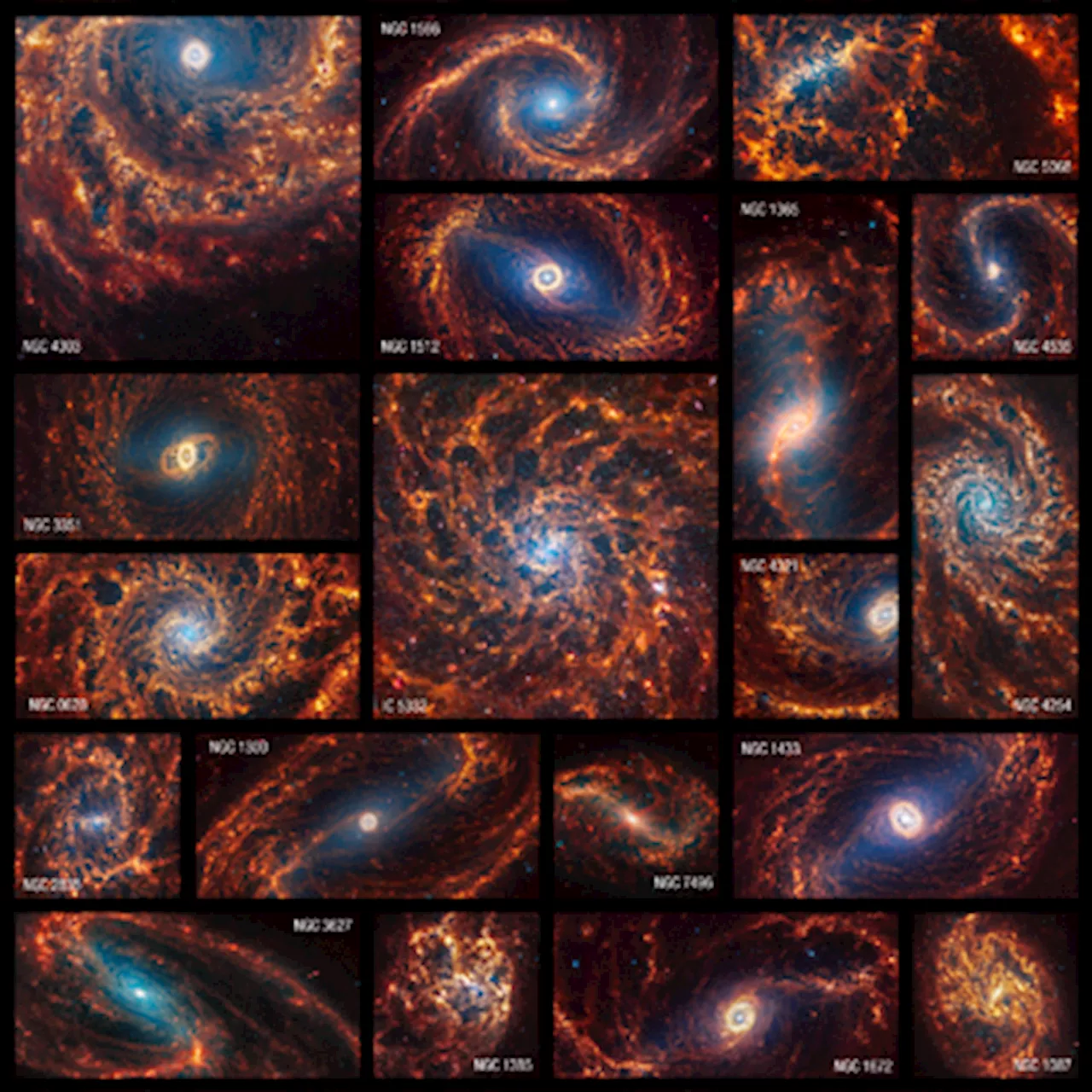 19 Stunning Galaxy Images from the James Webb Space TelescopeExplore the universe with JWST's stunning images of 19 spiral galaxies. These star clusters and gas filaments offer new insights into galaxy evolution and star formation.
19 Stunning Galaxy Images from the James Webb Space TelescopeExplore the universe with JWST's stunning images of 19 spiral galaxies. These star clusters and gas filaments offer new insights into galaxy evolution and star formation.
Baca lebih lajut »
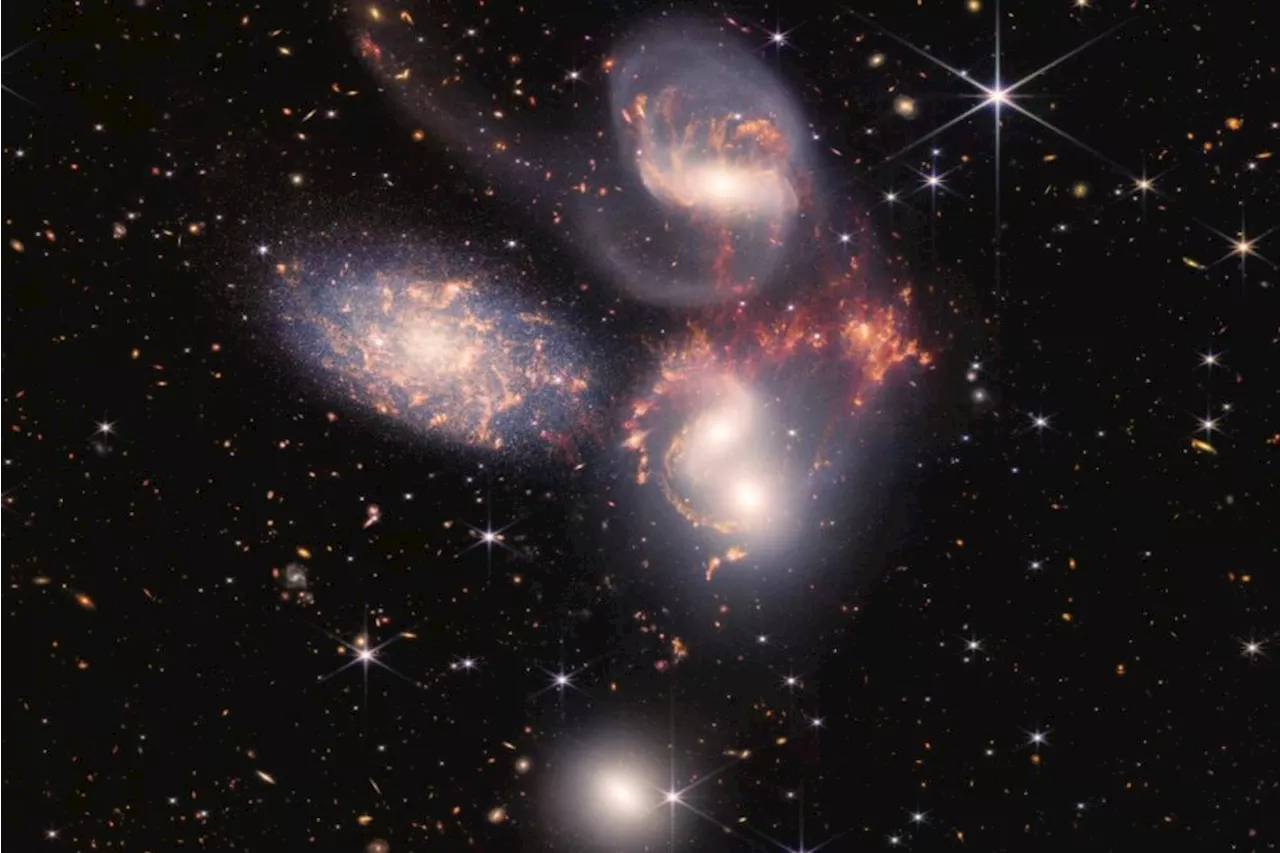 Webb Can Directly Test One Theory for Dark MatterDark matter played a role in early galaxy formation and it may have been affected by supersonic interactions witih regular matter.
Webb Can Directly Test One Theory for Dark MatterDark matter played a role in early galaxy formation and it may have been affected by supersonic interactions witih regular matter.
Baca lebih lajut »
 Which came first: Black holes or galaxies?Black holes not only existed at the dawn of time, they birthed new stars and supercharged galaxy formation, a new analysis of James Webb Space Telescope data suggests.
Which came first: Black holes or galaxies?Black holes not only existed at the dawn of time, they birthed new stars and supercharged galaxy formation, a new analysis of James Webb Space Telescope data suggests.
Baca lebih lajut »
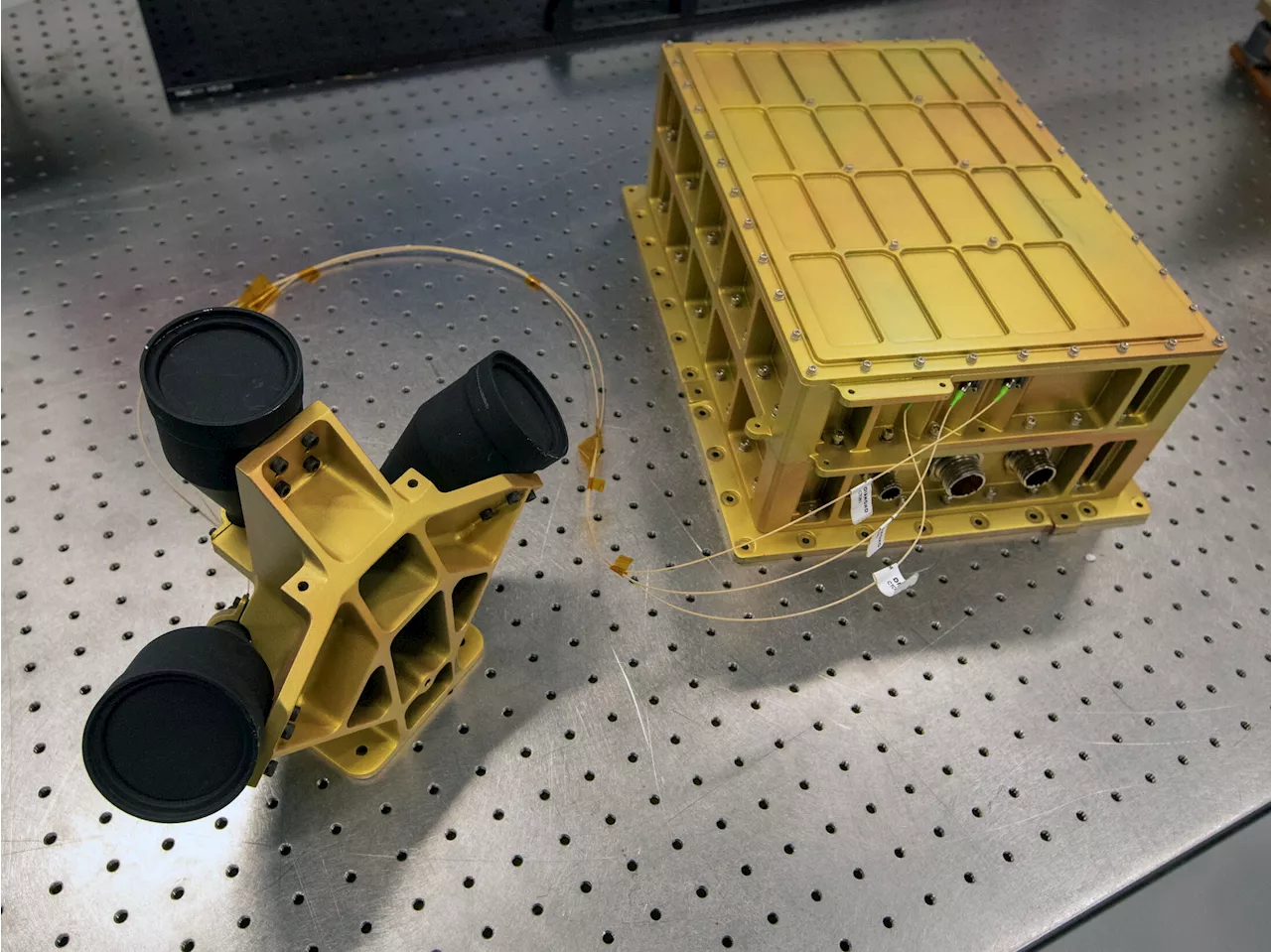 NASA’s Laser Navigation Tech Enables Commercial Lunar ExplorationLater this month, NASA’s commercial lunar delivery services provider Intuitive Machines will launch its Nova-C lunar lander carrying several NASA science and
NASA’s Laser Navigation Tech Enables Commercial Lunar ExplorationLater this month, NASA’s commercial lunar delivery services provider Intuitive Machines will launch its Nova-C lunar lander carrying several NASA science and
Baca lebih lajut »
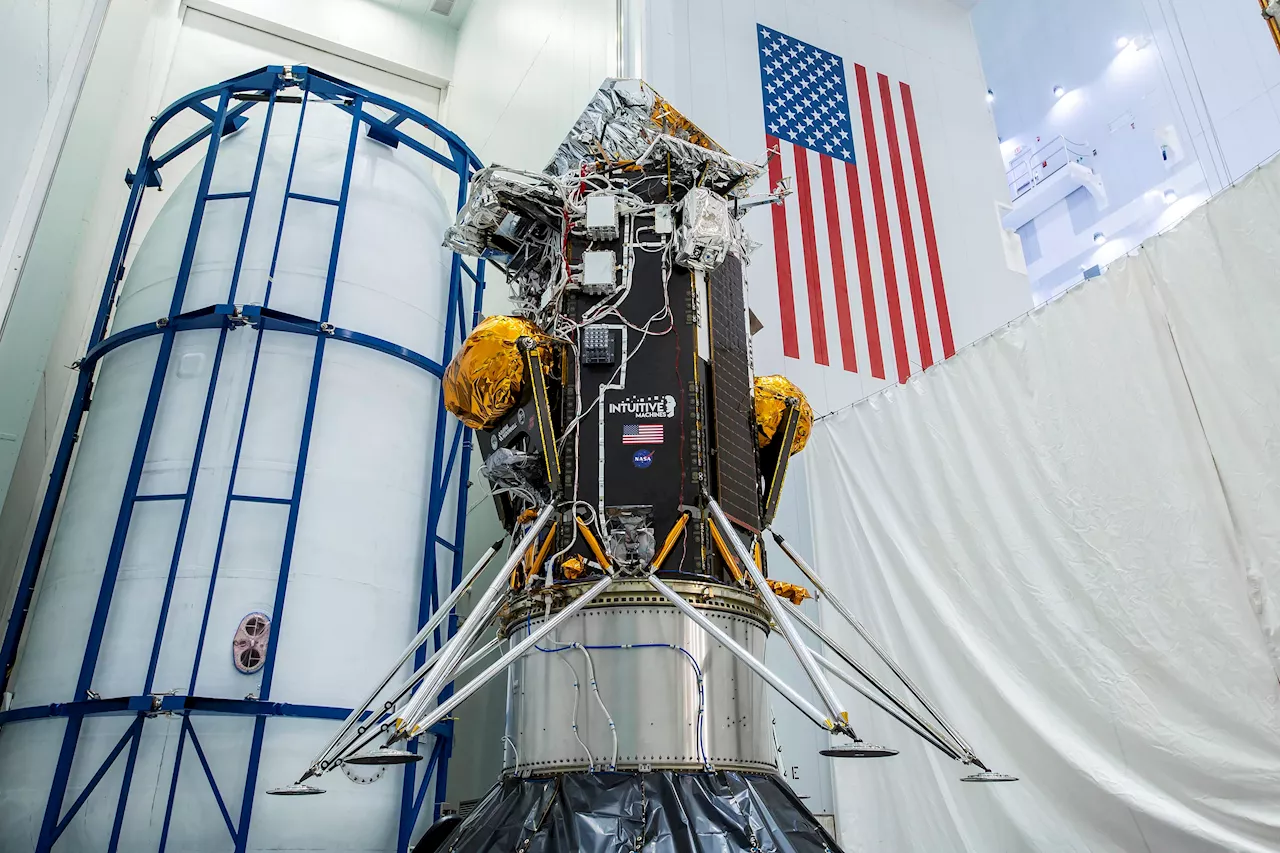 NASA Tests New Spacecraft Propellant Gauge on Lunar LanderA NASA-developed fuel measurement technology, the Radio Frequency Mass Gauge, will be demonstrated on a journey to the Moon.
NASA Tests New Spacecraft Propellant Gauge on Lunar LanderA NASA-developed fuel measurement technology, the Radio Frequency Mass Gauge, will be demonstrated on a journey to the Moon.
Baca lebih lajut »
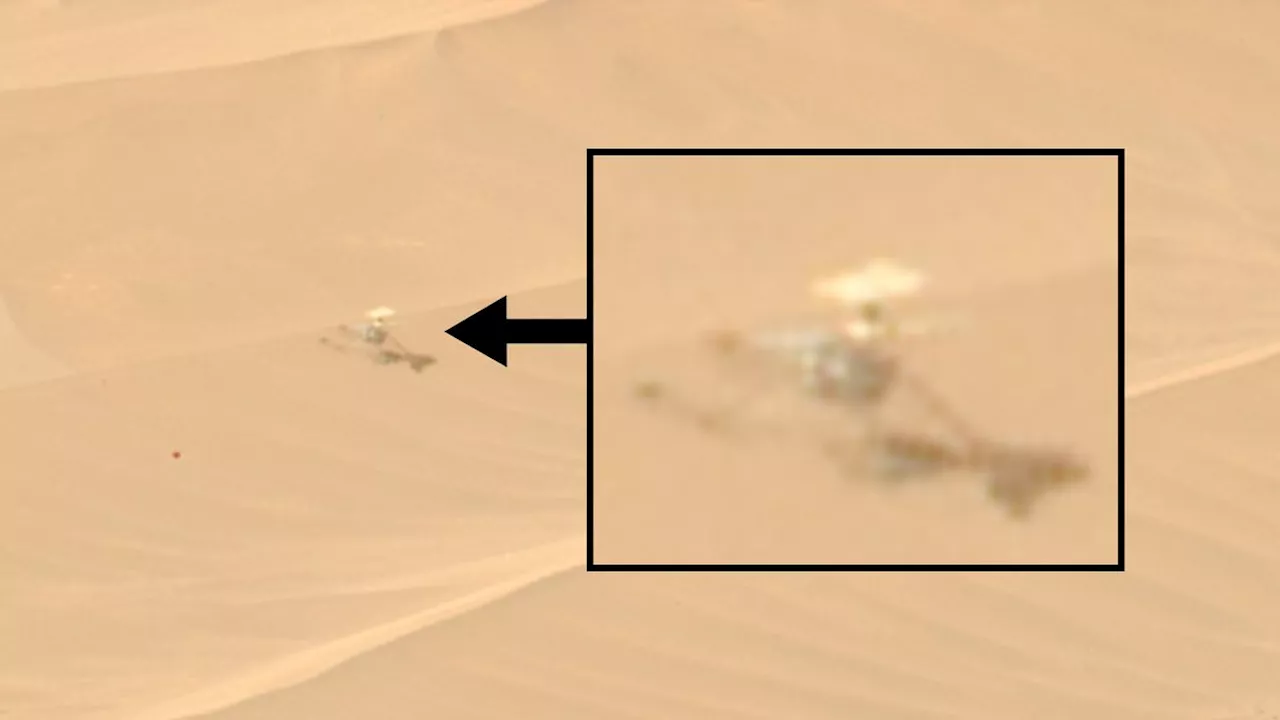 NASA Ingenuity Mars helicopter, broken and alone, spotted by Perseverance rover on Martian dune (photo, video)Brett is curious about emerging aerospace technologies, alternative launch concepts, military space developments and uncrewed aircraft systems. Brett's work has appeared on Scientific American, The War Zone, Popular Science, the History Channel, Science Discovery and more.
NASA Ingenuity Mars helicopter, broken and alone, spotted by Perseverance rover on Martian dune (photo, video)Brett is curious about emerging aerospace technologies, alternative launch concepts, military space developments and uncrewed aircraft systems. Brett's work has appeared on Scientific American, The War Zone, Popular Science, the History Channel, Science Discovery and more.
Baca lebih lajut »
